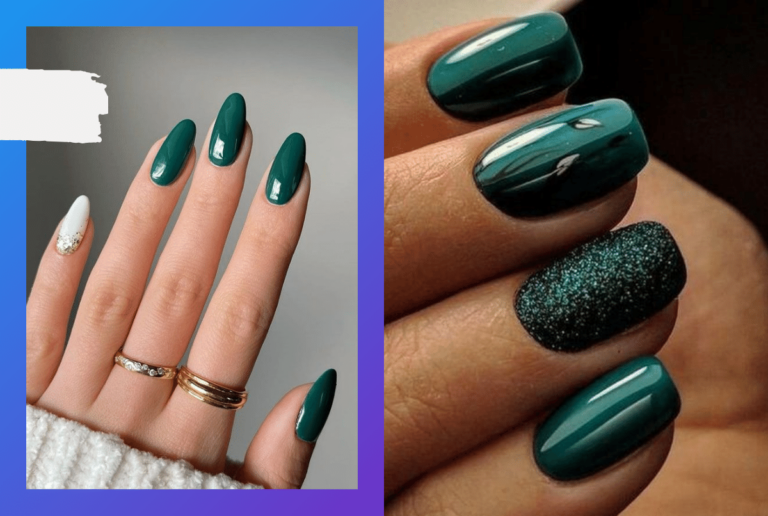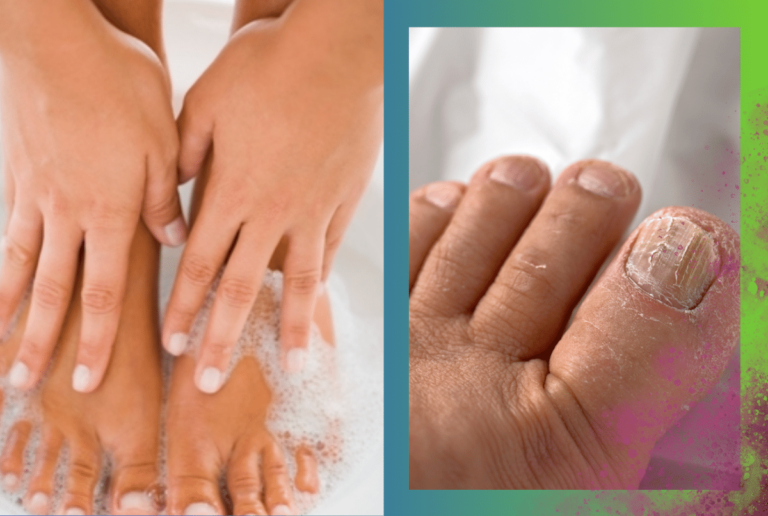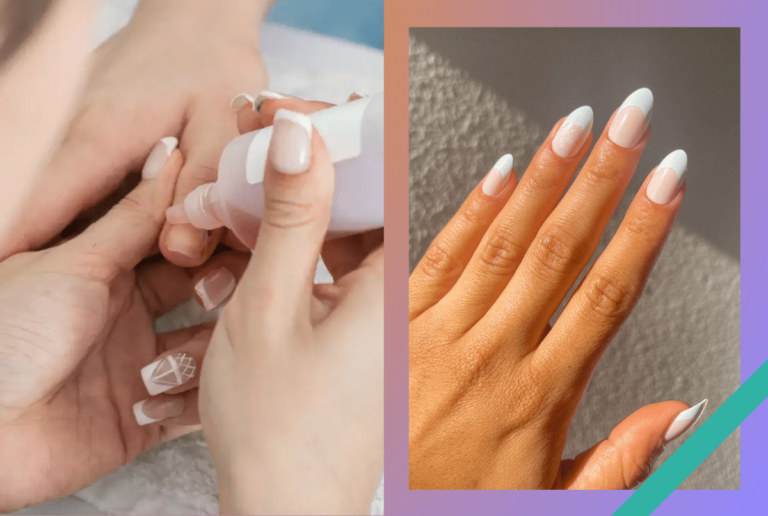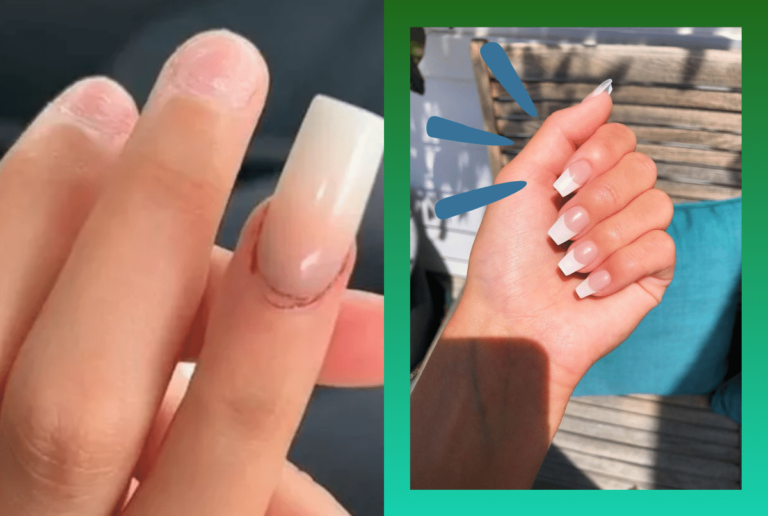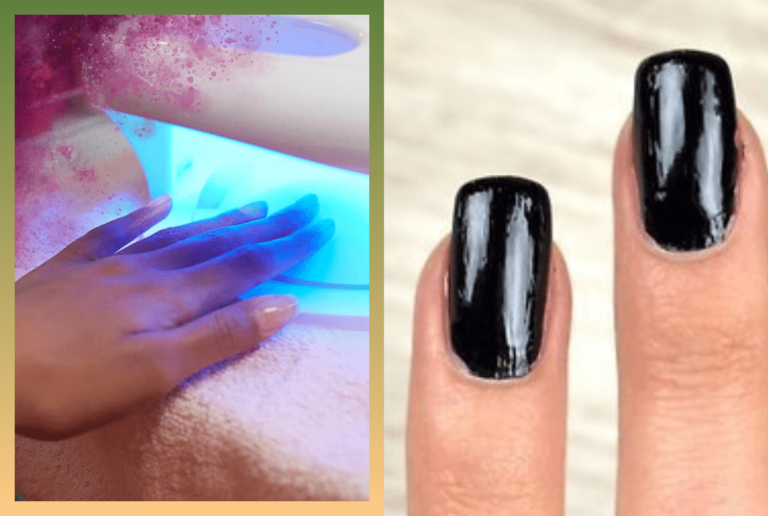Thick White Stuff Under Toenails
Have you ever noticed thick white stuff under your toenails?
It’s a common issue that can be both unsightly and uncomfortable. This condition, often stemming from various causes such as fungal infections, trauma, or even hygiene practices, can leave many seeking answers and relief.
Fungal infections, notably onychomycosis, are a frequent culprit, leading to thick, discolored, and brittle nails. Trauma from tight footwear or accidental stubbing can also contribute, as can neglecting proper foot care. Recognizing the signs, such as odor, pain, or inflammation, is crucial for addressing the issue effectively.
Well, we’ll be going over:
- What exactly causes this thick white buildup under the toenails?
- How can you distinguish between fungal and non-fungal causes?
- What are the most effective treatments and preventive measures for maintaining healthy toenails?
Let’s dive in.
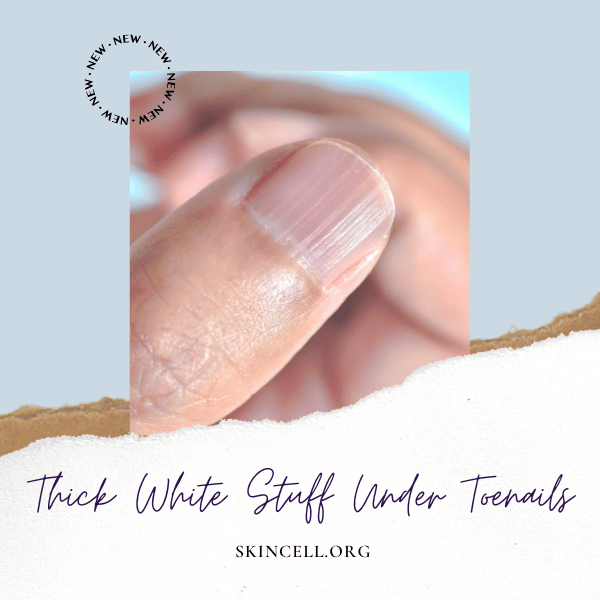
Key Takeaways
- Thick white stuff under toenails can be caused by a variety of factors, including fungal infections, trauma, and poor hygiene.
- Signs and symptoms of toenail fungus include thick, discolored, and brittle nails, foul odor, pain, and inflammation.
- Maintaining good hygiene and seeking treatment for underlying medical conditions can help prevent and treat thick white stuff under toenails.
Understanding Thick White Stuff Under Toenails
If you’ve noticed thick white stuff under your toenails, you may be wondering what’s causing it. Discoloration and thickening of toenails can be caused by a variety of factors, some of which are harmless and others that require treatment.
In this section, we’ll explore the different causes of thick white stuff under toenails and how to differentiate between fungal and non-fungal causes.
Causes of Discoloration and Thickening
Thick toenails can be caused by a number of factors, including fungal infections, psoriasis, and nail injuries. Fungal infections are one of the most common causes of thick white stuff under toenails.
Fungal infections can cause the nail to become discolored, thickened, and brittle. Yellowing of the nail is a common symptom of fungal infections.
Psoriasis is another condition that can cause thickening and discoloration of toenails. Psoriasis is a chronic autoimmune disorder that causes the skin to become inflamed and scaly. When psoriasis affects the nails, it can cause pits, ridges, and thickening of the nail plate.
Nail injuries can also cause thickening and discoloration of toenails. If you’ve recently injured your toenail, you may notice that the nail is thicker and discolored.
Differentiating Between Fungal and Non-Fungal Causes
If you suspect that the thick white stuff under your toenails is caused by a fungal infection, it’s important to see a doctor for an accurate diagnosis. Fungal infections can be difficult to treat, and it’s important to start treatment as soon as possible to prevent the infection from spreading.
To differentiate between fungal and non-fungal causes of thick toenails, your doctor may perform a nail culture or biopsy. A nail culture involves taking a sample of the nail and testing it for the presence of fungi. A biopsy involves removing a small piece of the nail for examination under a microscope.
In conclusion, if you’re experiencing thick white stuff under your toenails, it’s important to see a doctor to determine the underlying cause. While fungal infections are a common cause of thick toenails, there are other conditions that can cause similar symptoms.
By understanding the causes of thick toenails and how to differentiate between fungal and non-fungal causes, you can take steps to keep your toenails healthy and strong.
Signs and Symptoms
If you have noticed a thick white substance under your toenails, it is important to pay attention to any accompanying symptoms. Here are some common indicators to look out for:
Identifying Common Indicators
- Discolored toenail: If your toenail has turned a yellow, brown, or white color, it may be a sign of toenail fungus. The thick white substance under your toenail may be a result of this infection.
- Pain: If you experience pain or discomfort in your toenail, it may be a sign of an ingrown toenail or a toenail fungus infection.
- White patches: If you notice white patches on your toenail, it may be a sign of a fungal infection or a nail injury.
- Pitting: If your toenail has small pits or depressions on its surface, it may be a sign of psoriasis, a skin condition that affects the nail bed.
When to Seek Medical Advice
If you are experiencing any of the above symptoms, it is important to seek medical advice. A doctor can examine your toenail and determine the underlying cause of the thick white substance.
If you have a toenail fungus infection, your doctor may prescribe antifungal medication to treat the infection. If you have an ingrown toenail, your doctor may recommend a minor surgical procedure to remove the ingrown portion of the nail.
In conclusion, if you notice a thick white substance under your toenail, it is important to pay attention to any accompanying symptoms and seek medical advice if necessary. By taking prompt action, you can prevent the condition from worsening and ensure a speedy recovery.
Risk Factors and Prevention
Common Risk Factors for Toenail Issues
Thick white stuff under toenails can be caused by several factors, including age, diabetes, poor foot hygiene, and wearing tight-fitting shoes or socks.
Men are more likely to develop toenail issues than women, and athletes who frequently use locker rooms or swimming pools are also at a higher risk of developing toenail infections.
As you age, your toenails become thicker and more brittle, making them more susceptible to fungal infections. If you have diabetes, you may be more prone to developing toenail issues due to poor circulation and a weakened immune system.
Additionally, wearing tight-fitting shoes or socks can cause your toes to sweat, creating a moist environment that is perfect for fungal growth.
Preventative Measures to Avoid Infection
To prevent thick white stuff under toenails, it is important to practice good foot hygiene. This includes washing your feet daily with soap and water, drying them thoroughly, and applying a moisturizing lotion to prevent dryness.
You should also trim your toenails straight across and avoid cutting them too short or too close to the skin.
Wearing breathable shoes and socks can also help prevent toenail issues by allowing your feet to breathe and reducing moisture. Avoid wearing tight-fitting shoes or socks, and choose shoes made from natural materials like leather or canvas.
If you frequently use locker rooms or swimming pools, be sure to wear flip-flops or sandals to protect your feet from fungus and bacteria. You should also avoid sharing towels or nail clippers with others to prevent the spread of infection.
By following these preventative measures, you can reduce your risk of developing thick white stuff under toenails and keep your feet healthy and happy.
Treatment Options
If you have noticed thick white stuff under your toenails, you may be wondering what your treatment options are. Here are a few options to consider:
Over-the-Counter Solutions
There are several over-the-counter creams and ointments that can help treat thick white stuff under toenails. These products typically contain antifungal agents that work to kill the fungus causing the problem. Some common over-the-counter treatments include:
- Clotrimazole
- Miconazole
- Terbinafine
It is important to follow the instructions on the packaging carefully when using these products. If your symptoms do not improve after a few weeks of treatment, you should see a doctor or dermatologist for further evaluation.
Prescription Medications and Procedures
If over-the-counter treatments are not effective, your doctor or dermatologist may recommend prescription medications or procedures. Some options to consider include:
- Oral medications: These medications are taken by mouth and work to kill the fungus causing the problem. Common oral antifungal medications include terbinafine, itraconazole, and fluconazole.
- Laser treatment: This procedure uses a laser to kill the fungus causing the problem. It is a relatively new treatment option and may not be covered by insurance.
- Topical antifungal medications: These medications are applied directly to the affected area and work to kill the fungus causing the problem. Common topical antifungal medications include ciclopirox and efinaconazole.
- Surgery: In severe cases, surgery may be necessary to remove the affected toenail.
It is important to work closely with your doctor or dermatologist to determine the best treatment option for your specific situation.
In some cases, a combination of treatments may be necessary to achieve the desired results. Additionally, it is important to practice good foot hygiene to prevent the problem from recurring.
Maintaining Nail and Skin Health
Taking care of your nails and skin is an essential part of maintaining good hygiene and overall health. Neglecting your nails can lead to various issues, including thick white stuff under toenails. In this section, we will discuss the best practices for nail care and lifestyle adjustments for better foot health.
Best Practices for Nail Care
Regularly trimming your nails with a nail clipper can prevent the accumulation of dirt and bacteria. It’s best to cut your nails straight across and avoid cutting them too short. After cutting your nails, use a file to smooth out any rough edges.
Manicures are also an excellent way to maintain nail health. A professional manicure can help remove dead skin cells and promote healthy nail growth. However, it’s crucial to ensure that the tools used during the manicure are properly sanitized to prevent the spread of infections.
Using a nail hardener can help strengthen your nails and prevent them from breaking or splitting. However, it’s essential to choose a nail hardener that is free of harmful chemicals such as formaldehyde and toluene.
Lifestyle Adjustments for Better Foot Health
Good foot hygiene is crucial for preventing thick white stuff under toenails. Wash your feet with soap and water regularly, especially after exercise or other activities that cause your feet to sweat.
Using foot powder can also help keep your feet dry and prevent fungal infections. It’s essential to wear clean socks every day and avoid wearing shoes that are too tight or don’t allow your feet to breathe.
Pedicures can be a relaxing way to maintain foot health. However, it’s crucial to choose a reputable salon that follows proper sanitation procedures. Avoid shaving your legs before a pedicure, as this can increase the risk of infection.
In summary, maintaining nail and skin health is essential for overall hygiene and health. By following the best practices for nail care and making lifestyle adjustments for better foot health, you can prevent issues such as thick white stuff under toenails and promote healthy, strong nails.
Frequently Asked Questions
What causes the white, chalky substance under my toenails?
The white, chalky substance under your toenails is usually caused by a buildup of keratin, a protein found in nails, hair, and skin.
This buildup can be caused by a number of factors, including poor hygiene, wearing tight-fitting shoes, and exposure to moisture. In some cases, it can also be a sign of a fungal infection.
Are there any effective home remedies for white chalky toenails?
While there are many home remedies that claim to treat white, chalky toenails, there is little scientific evidence to support their effectiveness.
Some people have reported success with soaking their feet in a mixture of vinegar and water, or applying tea tree oil directly to the affected area. However, it’s important to note that these remedies may not work for everyone, and they should be used with caution.
What is the best way to treat toenail fungus that appears white?
If you suspect that you have a fungal infection, it’s important to seek treatment from a healthcare professional. Depending on the severity of the infection, your doctor may recommend a topical or oral antifungal medication.
In some cases, they may also recommend removing the affected nail to allow a new, healthy nail to grow in its place.
How can I identify different types of toenail fungus based on appearance?
Toenail fungus can present in a variety of ways, depending on the type of fungus and the severity of the infection. In general, fungal infections can cause the nail to become discolored, thickened, and brittle.
Some infections may also cause the nail to separate from the nail bed, or develop a foul odor. If you’re unsure whether you have a fungal infection, it’s best to consult a healthcare professional.
What are the common treatments for keratin buildup under toenails?
If you’re experiencing keratin buildup under your toenails, there are a few things you can do to help manage the condition. First, it’s important to practice good hygiene, including keeping your feet clean and dry, and wearing breathable shoes.
You may also want to consider using an over-the-counter foot powder or antifungal cream. In more severe cases, your doctor may recommend a prescription-strength medication.
Why do my big toenails have white spots, and how can I treat them?
White spots on the toenails are usually caused by a fungal infection, but they can also be a sign of injury or trauma to the nail.
To treat the spots, your doctor may recommend a topical or oral antifungal medication, or they may recommend removing the affected nail. It’s important to seek treatment as soon as possible to prevent the infection from spreading.

